the Boehm residence, St. James Square, today the East India United Service Club. Right, Henry Percy (1785-1825). Colonel Percy retired in 1821 and became a member of the House of Commons in 1823; however, he died only a year later, age 40.
|
The Battle of Waterloo was fought on June 18, 1815, the culmination of a short campaign by Napoleon into the Kingdom of the Netherlands to appose the Allied Army led by the Duke of Wellington and the Prussians, led by Marshal von Blucher. It ended in a rout of the French, as they fled south to cross back into France, pursued by the Prussians and the Allies. Although Wellington considered the battle a complete victory, neither the British nor the Prussians knew how long it would take to completely end the French threats to the peace established in 1814 when Napoleon was originally sent to exile on Elba. Above left, painting in the Palace of Westminster by Daniel Maclise, the Meeting of Wellington and Blucher at La Belle Alliance, after the battle; right, the Battlefield by J.M.W.Turner. Below left, The Morning After the Battle, by John Heaviside Clark; right, Presenting the Eagles to the Prince Regent Above left, French eagle, as it appeared at the top of captured battle flags. Right. jacket worn by Henry Percy. bloodstained o the battlefield, when he delivered the despatch to London. Percy got a chaise to the port of Ostend and embarked on the brig HMS Peruvian. Some accounts tell of the becalmed ship and the completion of the voyage by rowing – the Captain James White RN and Percy, with several other sailors, taking the oars themselves. From their landing at Broadstairs, Kent, about 3 pm on June 21, Percy hurried to London, changing horses at Canterbury, Sittingbourne, and Rochester. At first he could not find Lord Bathurst or Prime Minister Lord Liverpool. But with the French Eagles of the 45th and 105th sticking out of the windows of the carriage, they soon attracted a crowd, following them and cheering. Eventually he found the officials and together they carried the news and the Eagles to #14 (or #16 in some accounts) St. James’s Square, the home of Mr. and Mrs. Boehm who were hosting a grand party for the Prince Regent and his brother the Duke of York, C-in-C of the Army. Below left, the Boehm residence, St. James Square, today the East India United Service Club. Right, Henry Percy (1785-1825). Colonel Percy retired in 1821 and became a member of the House of Commons in 1823; however, he died only a year later, age 40. Above left, the monument to British Officers who fell at Waterloo in the Evere Cemetery in Brussels. Right, a lasting remnant of the Battle of Waterloo: Waterloo Teeth, removed by scavengers from dead bodies on the battlefield and sold to dentists who advertised them to customers for decades as superior for replacement dental plates.
0 Comments
|
Victoria Hinshaw, Author
Archives
July 2024
Categories |

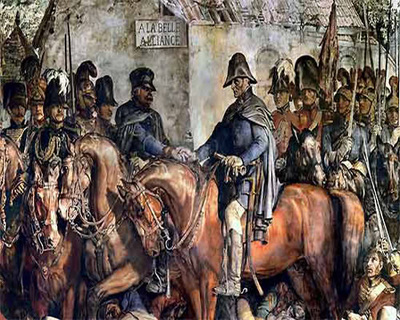
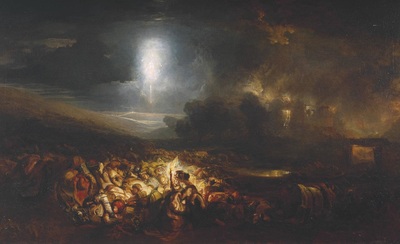
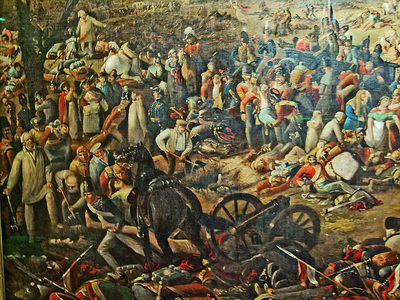
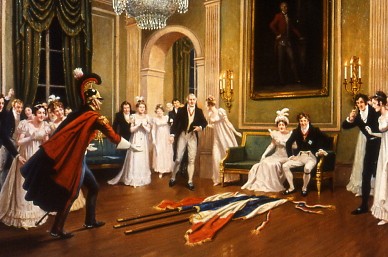
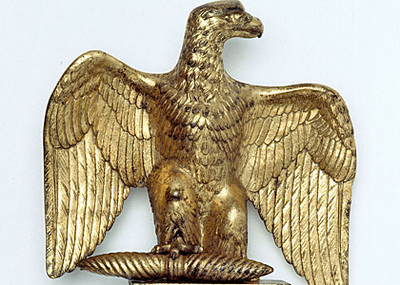


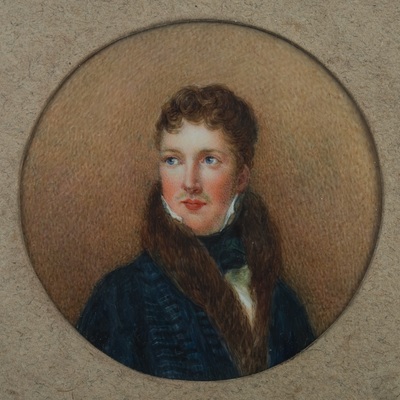
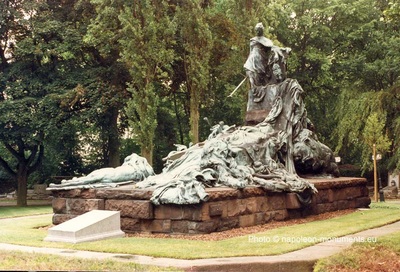

 RSS Feed
RSS Feed